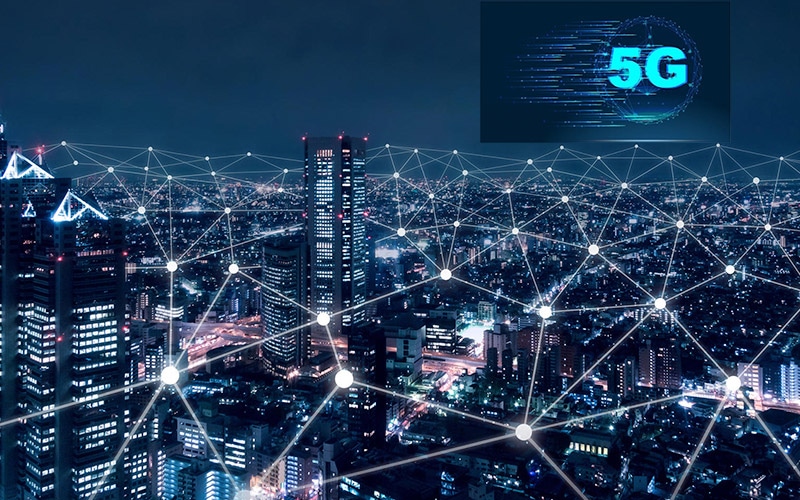5G Radiation and Skin Cancer

This article discusses the topic of 5G radiation, which is non-ionizing electromagnetic radiation. Because 5G radiation is small, it doesn't possess the capability of breaking the chemical bonds of biological tissues or causing any alteration to cells. It isn't known whether 5G radiation can affect the risk of developing skin cancer. does 5g emit radiation has been discovered to suggest it may cause any other diseases.
Millimeter-wave radiation with high frequency
High-frequency millimeter-wave radiation from mobile devices and wireless networks could cause health issues in human beings. There are several ways in which this radiation could cause harm. In some instances, radiation may cause damage to someone's DNA. In other instances, the radiation may cause harm to other areas in the human body including the brain.
5g radiation symptoms have shown that 5G technology could result in thermal heating in tissues. In the aftermath, researchers from the International Council on Non-Ionizing Radiation Protection (ICNIRP) have asked to review the current safety standards for biological and thermal radiation. The current standards for exposure don't protect people from extreme heat in the event of exposure to millimeter wave pulses.
Skin cancer risk
There is no definitive answer to the question of whether the 5G radiation causes skin cancer. It is thought that 5G RF EMFs behave as high-LET ionizing radiations. In turn, they may cause large amounts of free radicals that can be found in the skin. The FCC hasn't issued any specific guidelines about the potential dangers associated with 5G technology. Consequently, 5g radiation is ongoing.
While there are plenty of studies on the effects of radio waves with higher frequencies on the human body, however, their research has been small in extent. However, there is concern over the effects of millimeter-wavelength exposure on oxidative stress and gene expression. The effects could extend to the skin and various organs, including the brain.
The impact of other illnesses
An innovative new technology in wireless, called 5G, is rapidly growing in popularity However, researchers are warning of its potential health risks. 5G technology is expected to significantly increase the amount of electromagnetic radiation found in our surroundings. This is a problem that has caused debate in several nations including Switzerland. In September 2017 390 doctors and scientists have backed a motion to put an end to 5G deployment. This motion was not heeded by the European Commission, which is responsible for controlling the use of 5G technology.
Therefore it is necessary to conduct more research to determine the health impacts of 5G. While we wait research has shown that 5G isn't causing the same negative effects in humans as radiofrequency from the older mobile networks. Additionally, it does not transmit an entirely new strain of coronavirus. Furthermore, it does not make people more vulnerable to infections caused by viruses.
Exposure measurement
Monitoring exposure to radiation from 5G is a vital aspect of making sure that 5G networks are safe. There are two methods to determine exposure. One is to measure the RF power that is absorbed by human tissues. Another involves measuring the quantity of radiofrequency energy released from an object. The term "radiofrequency energy" (RF) refers to an electromagnetic field of energy that is emitted directly from radio receivers.

In the United States, the FCC has set a limit on the energy density of mobile devices running 5G. The tests can determine power density at just several inches, and it is the FCC does not have to measure each beam. However, how much power is generated by each beam is estimated using computer simulation. The most likely scenario is selected according to the design of each beam.
Study limitations
There's been plenty of discussion about whether the effects of 5G radiation are detrimental to the health of people. In the case of 5G, for instance. Swiss authorities, for example, have released an analysis that concludes that 5G technology does not cause negative health consequences in the short term however, there aren't any studies that show long-term impacts. But, the report has a variety of issues and bias in reports.
The power and frequency of radio waves that generate energy are determined by the frequency. The energy that is carried by a millimeter-wave will be similar to the current radio waves however, they're smaller in size and more suitable for environments with high density as they won't be obscured by walls or glass. Highly dense urban areas will require many smaller, low-power locations, and suburban areas will benefit from 5G networks that operate at a lower frequency.
